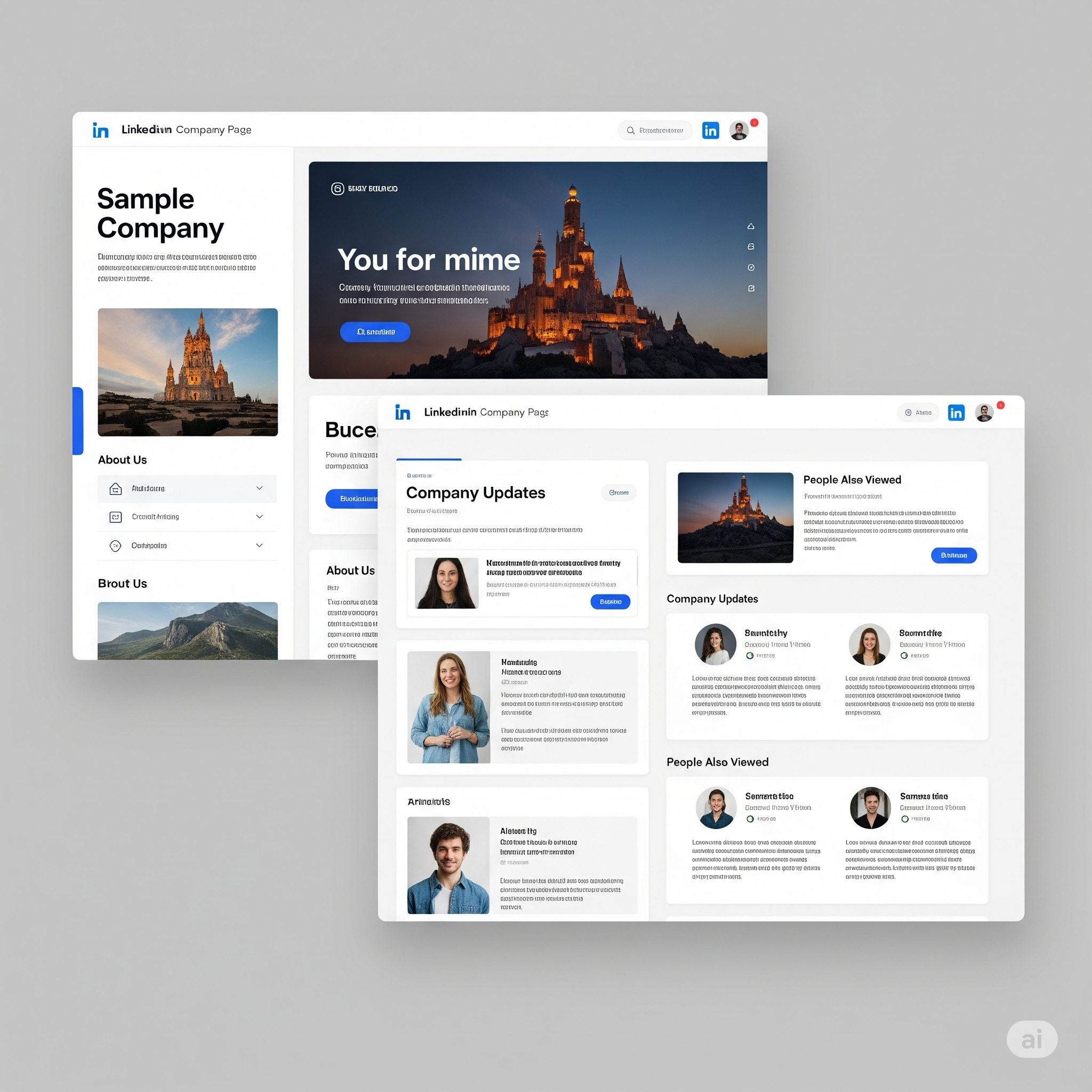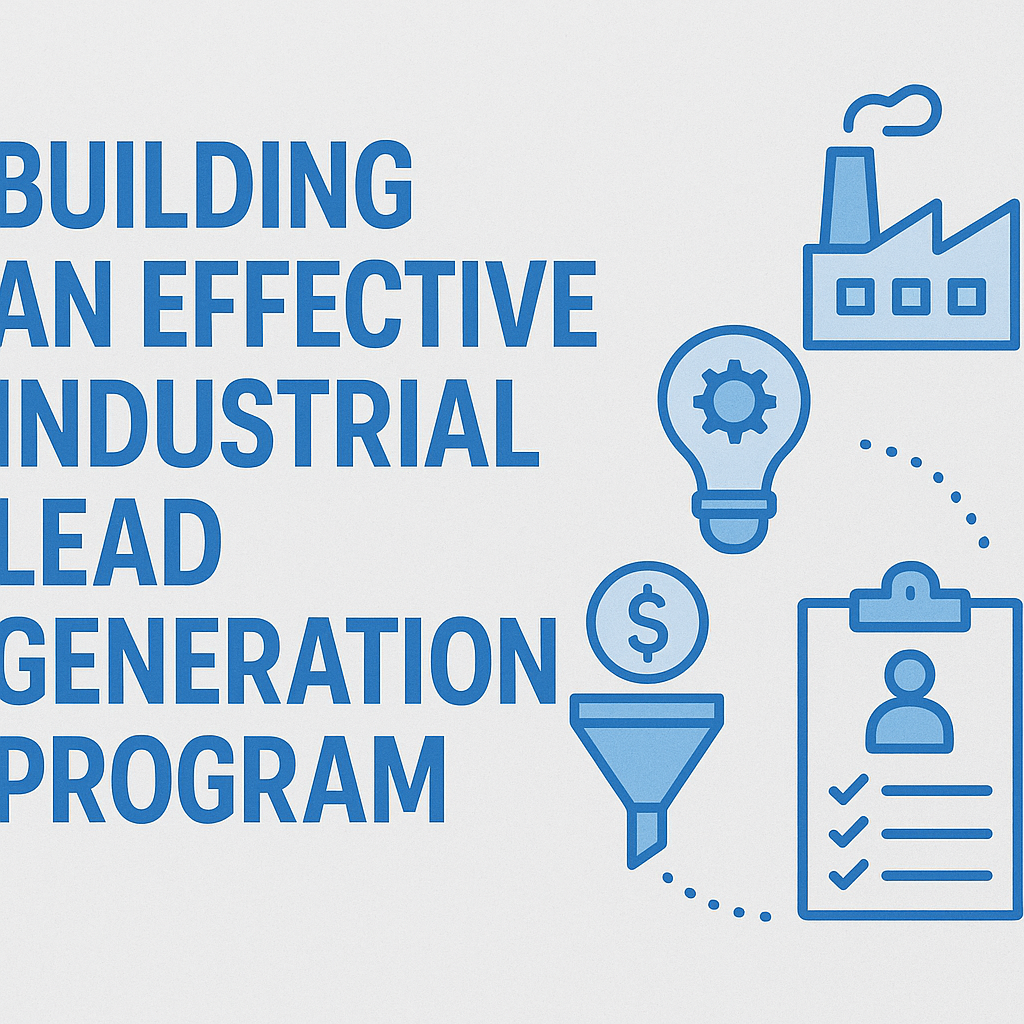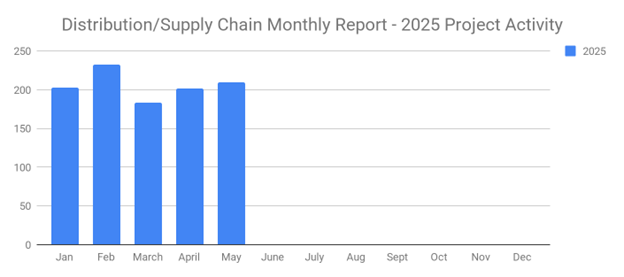
You can't expect to convert every prospect who engages with your B2B company into a buyer. Most prospects require nurturing. Even then, some prospects may decide not to purchase your B2B company's products or services. Research conducted by the marketing provider WordStream, in fact, found that the average conversion rate in the B2B industry is just 2.2%. Whether your B2B company has a higher or lower conversion rate, though, you should consider using retargeting.
Retargeting has become an increasingly popular sales tactic in the B2B industry. B2B companies of all shapes and sizes now use to reconnect with prospects. With retargeting, you can bring prospects back to your B2B company. It's an easy and effective way to increase your B2B company's conversion rate while generating more sales in the process.
What Is Retargeting?
Also known as remarketing, retargeting is a sales tactic that involves selectively targeting prospects who've already engaged with your B2B company. Just because a prospect engages with your B2B company doesn't necessarily mean that he or she will make a purchase. It takes an average of eight touch points to convert a prospect into a buyer.
Retargeting allows you to connect with prospects who've already engaged with your B2B company but haven't made a purchase. Rather than serving marketing and sales messages to your B2B company's general audience, you can serve them to these select prospects. Only prospects who've engaged with your B2B company will see your messages. As a result, you can perform retargeting to capture lost sales by bringing prospects back to your B2B company.
How Retargeting Works
Retargeting works by identifying prospects who've engaged with your B2B company, followed by serving those prospects with marketing or sales messages. You can set up retargeting campaigns to trigger your messages in response to a specific form of engagement.
Prospects who engage with your B2B company in the specific way will be added to a list. This list will essentially track prospects who've engaged with your B2B company. When creating marketing and sales messages for a retargeting campaign, you can use this list for targeting purposes. Unless a prospect engages with your B2B company in the specific way, he or she won't be added to the list.
Common forms of engagement that can trigger retargeting include the following:
- Visiting your B2B company's website
- Adding a product or service to an online shopping cart but not completing the order (creates an abandoned cart)
- Signing up for your B2B company's email newsletter
- Clicking a call-to-action (CTA) button or link
- Completing a lead generation form
- Downloading an app or piece of software
Search Engine Retargeting
Some of the top search engines offer retargeting as a feature of their paid advertising services. You can create retargeting campaigns for Google and Bing, for instance. Both search engines offer retargeting campaigns. You can create a retargeting campaign for Google in Google Ads, and you can create a retargeting campaign for Bing in Bing Ads.
Google and Bing retargeting requires the use of a tracking code. After adding this code to your B2B company's website -- or any other web asset -- the respective search engine will use to build a list of prospects who've engaged with your B2B company via its website. Other search engine users won't see your ads. Whether your ads are for Google or Bing, only users who've been added list to your list will see them. For more information about Google retargeting, click here. For more information about Bing retargeting, click here.
Social Media Retargeting
You can perform retargeting on social media as well. Facebook offers retargeting campaigns that are similar to Google's and Bing's retargeting campaigns. And like with both of the aforementioned search engines, Facebook will use a tracking code to build a list of prospects who've engaged with your B2B company.
Facebook retargeting is quite popular. Research shows that over 18% of the top 1 million websites use it. If your B2B company has a website, you can add Facebook's tracking code to it. The social media network's tracking code will allow you to build a list of prospects who've engaged with your B2B company's. You can then target these prospects with paid ads on Facebook. Other Facebook users won't see your ads. Rather, only those who've performed the specified engagement and, thus, have been added to your list will see them.
Both search engine and social media retargeting are forms of paid advertising. When creating a retargeting campaign for Google, Bing or Facebook, you can enter a budget. This is the maximum amount that you'll be charged for running the retargeting campaign during a given period.
Email Retargeting
Another way to perform retargeting is to use email. In other words, you can send prospects marketing and sales emails after they've engaged with your B2B company. Email retargeting is particularly easy to perform. You can use an autoresponder, for example, to send prospects marketing and sales emails after they've signed up for your B2B company's newsletter. When a prospect signs up, the autoresponder will deliver an email directly to his or her inbox. Alternatively, you can build a list of custom addresses that explicitly include prospects who've visited your B2B company's website. Email retargeting is capable with the help of traditional email marketing software.
Email retargeting is arguably one of the most cost-effective retargeting strategies. Email itself drives a higher return on investment (ROI) than nearly all other marketing and sales tactics. Some reports suggest that the average ROI of email is as high as 4,200%. Email retargeting goes one step further by allowing you to deliver highly relevant marketing and sales emails to select prospects.
In Conclusion
Prospects who enter your B2B company's sales pipeline may not pass all the way through it. Maybe a prospect believes your B2B company's product or service is too expensive, or perhaps a prospect decides to go with a competitor, instead. Even if a prospect has seemingly left your B2B company's sales pipeline, you can bring him or her back with retargeting.
What to learn more? Get in Touch





